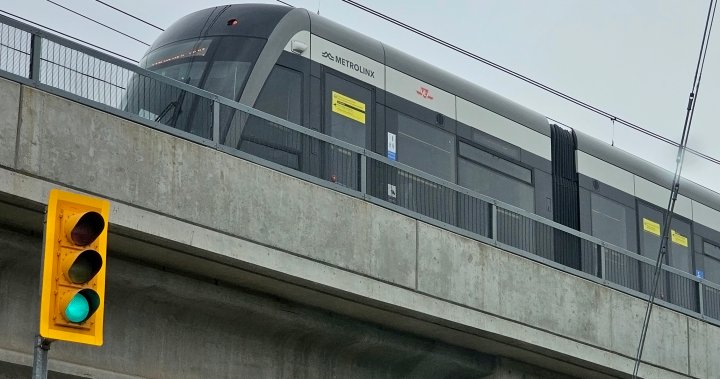Two senior executives at Metrolinx, the provincial transit agency in Ontario, have left the company in the midst of a major shakeup. This comes as the agency faces challenges with the delayed delivery of multiple light rail vehicle projects. The changes include the departure of the agency’s chief planner and chief operating officer of rapid transit, as the planning department undergoes a complete overhaul. The LRT delays have led to calls for a top-to-bottom transformation at Metrolinx, including the possible firing of CEO Phil Verster.
The changes at Metrolinx seem to be related to the province’s transit construction issues. One of the departing executives was directly involved in the delivery of transit projects, while the other was responsible for public-private partnerships. The planning department, which had hundreds of staff, has been split and moved into various other areas of the organization. The department’s responsibilities included design, business cases, and land-use decisions, as well as local and regional integration for the transit agency.
Metrolinx cited its changing mandate and the increasing complexity of its work as reasons for the internal shakeup. The provincial transit agency has been struggling for some time with delayed light rail projects, including the Eglinton Crosstown LRT, the Finch West project, and the Hurontario LRT. These projects have faced legal challenges, delayed payments, and construction and financing issues. None of the three lines have concrete opening dates, despite originally being scheduled to open in 2020, 2023, and 2024.
Opposition critics at Queen’s Park have voiced concerns about the delays and the changes at Metrolinx. NDP Leader Marit Stiles said the province’s transit planning may face even more delays without a chief transit planner. Green Party Leader Mike Schreiner called for the resignation of Metrolinx’s CEO, Phil Verster, in response to the ongoing issues with the Hurontario LRT. Both politicians criticized the Ford government for its handling of transit planning in the province.
Metrolinx has not commented on individual employment changes, but stated that the organization needs to evolve and adapt to deliver on North America’s largest transit expansion. Strategic changes to management structure are not unusual in organizations facing complex scopes of work and project priorities. The agency continues to grapple with the challenges of transit construction, including ongoing legal battles and financial issues with its light rail projects. The future of Metrolinx and its leadership remains uncertain as the agency works to address these issues and move forward with its transit expansion plans.
In conclusion, the departure of two senior executives at Metrolinx signals a major shakeup within the provincial transit agency, as it grapples with delays and challenges in its light rail projects. The changes come as the planning department undergoes a complete overhaul, reflecting the agency’s evolving mandate and increasing complexity of its work. Opposition critics have raised concerns about the delays and the Ford government’s handling of transit planning, calling for accountability and leadership changes at Metrolinx. The agency continues to face issues with construction, financing, and project completion, leaving the future of its transit expansion plans uncertain. It remains to be seen how Metrolinx will address these challenges and move forward in delivering on its mandate.


